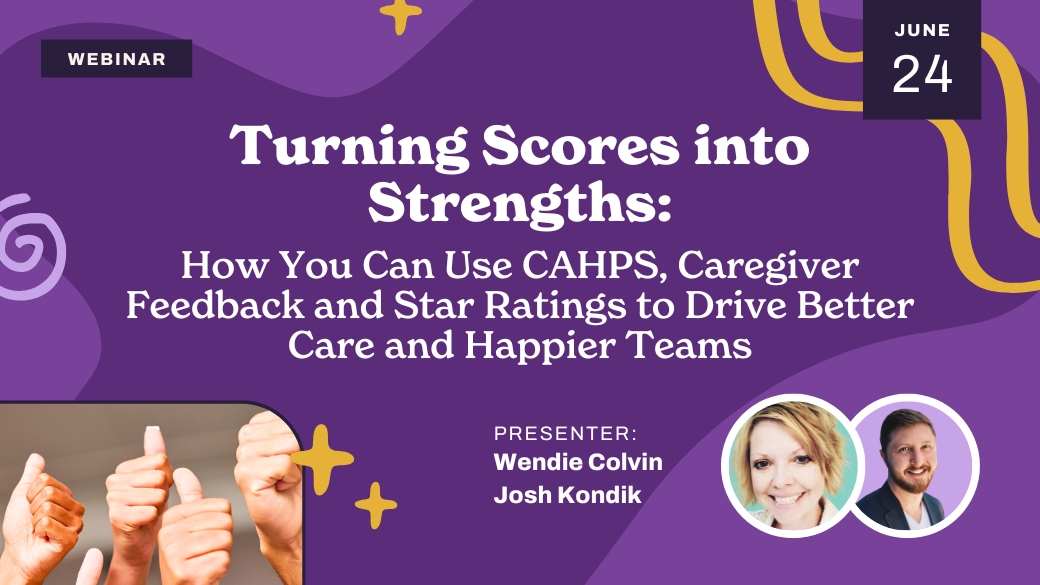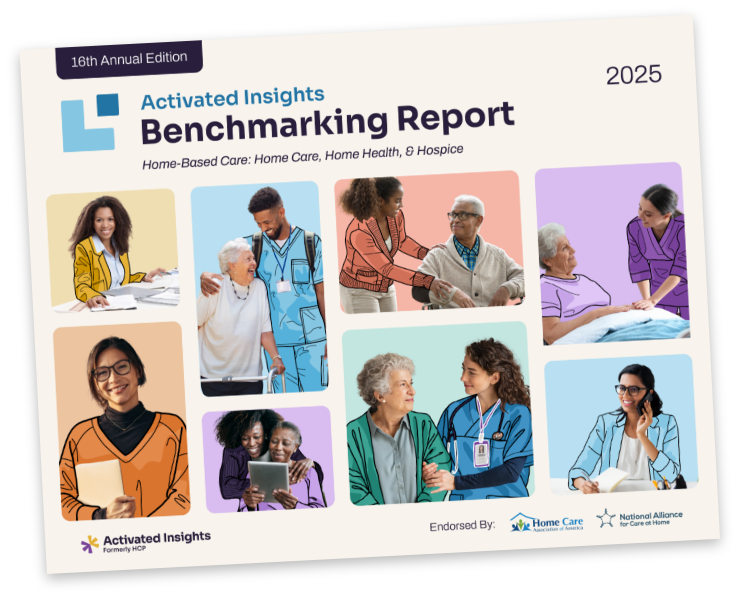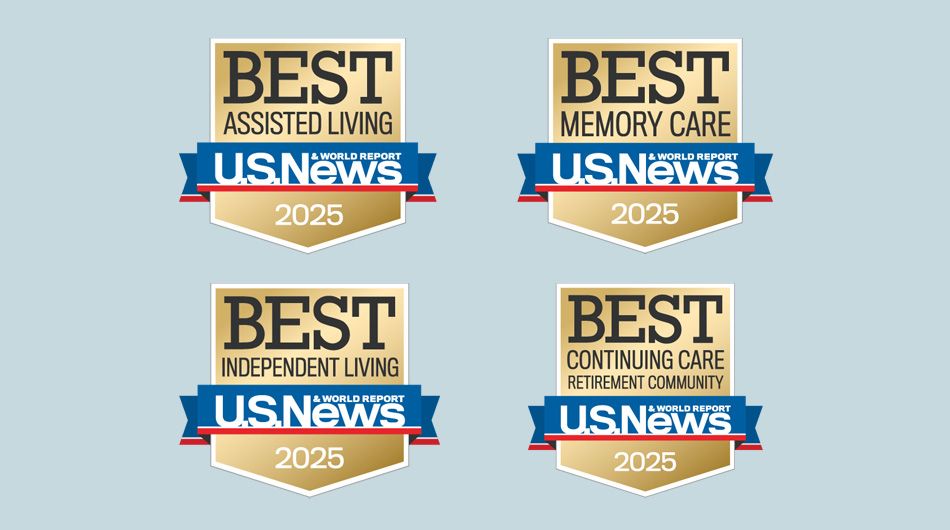Just as every individual has their own social determinants of health, every person is capable of stereotyping and exhibiting those unconscious or conscious biases. It’s okay to admit that everyone has biases; the key is to recognize and resolve these biases before any damage occurs, like disparities in the quality of patient care that is provided.
You work in post-acute care, and you’ve cared for a variety of patients and families, often in difficult times as aging in place grows to be the mindset of our modern times. Have you ever received a referral from “that one facility that always seems understaffed and is challenging to work with?” or “the facility that always has complicated patients,” so you cringed a little when they called? Or the house that you drove up to that had a cluttered front yard, and you just knew the inside would be messy and the patient would be challenging?
What about the patient who lived in that nice facility in the expensive part of town, and you breathed a sigh of relief thinking that they would probably have no problems affording extra personal care services? If you are in management, did you think hard about why you hired that nurse with the Masters degree whom you automatically assumed was smarter and more capable than the other applicants with “lesser” degrees?
These may or may not be extreme circumstances, but they serve to make the point clear: bias exists everywhere, even in healthcare. We are all guilty of daily unconscious and conscious biases, even as we work to care for our patients and their families.
How is that possible? More importantly, how do you learn to recognize and resolve bias before it changes your outlook and performance negatively?
In the last few months, I’ve been helping to create several learning tools revolving around social determinants of health and the recognition of the biases that all healthcare providers possess, whether they realize it or not. It’s gotten me thinking about what my own beliefs may be and how I can work harder to avoid letting biases affect my role as a healthcare professional. It’s a fact. We all need to explore what being biased really means.
Short on time? Jump straight to the action steps.
What Does It Mean to Be Biased?
Let’s start by defining bias: According to the Georgetown University National Center for Cultural Competence [NCCC], conscious or explicit bias is defined as feelings, attitudes, or related behaviors that are intentionally expressed. Conversely, unconscious bias or implicit bias is defined as behaviors or affects that occur outside of a person’s awareness, unintentionally.
If you have conscious bias, you are openly expressing it, and allowing it to influence how you act towards an individual or group. When you exhibit unconscious bias, you are unaware that you may be discriminating against an individual or group and often act in direct contradiction to your usual behaviors.
A stereotype is a widely held or popularized belief about a grouping of people with a characteristic, such as being of the same ethnicity or religious affiliation, that may not be accurate but leads to judgement of all individuals with that same characteristic. In health care, recognizing the presence of your own conscious and unconscious biases and how you may inadvertently stereotype patients, families, and even peers or your employees is vital.
Also remember that everyone, your patients, their loved ones, your peers, and yourself have a specific social determinant of health. The Office of Disease Prevention and Health Promotion [ODPHP] defines a social determinant of health as “the conditions in the environments where people are born, live, learn, work, play, worship, and age that affect a wide range of health, functioning, and quality-of-life outcomes and risks.” SDOH are non-medical factors that characterize a person.
Bias and Quality of Care: Taking a Step Back
Just as every individual has their own social determinants of health, every person is capable of stereotyping and exhibiting those unconscious or conscious biases. It’s okay to admit that everyone has biases; the key is to recognize and resolve these biases before any damage occurs, like disparities in the quality of patient care that is provided. Create a neutral, unbiased environment as much as possible.
5 Steps to Deal with Conscious and Unconscious Bias in Post-Acute Care
Based on my research, I am following five steps to help deal with my own biases. Consider sharing them with your peers, your staff, and your patients and their loved ones (as applicable):
What to Do Next
TL;DR: It takes a village to overcome some biases. But everyone can work a little harder, have a greater level of self-reflection, and pause before letting those unconscious or conscious biases come out.
Remember that change starts with one person. Here’s what to do to ensure you are that person:
Related Posts







